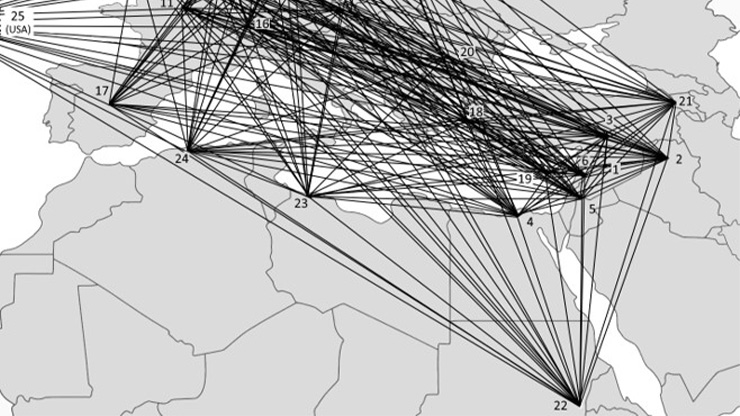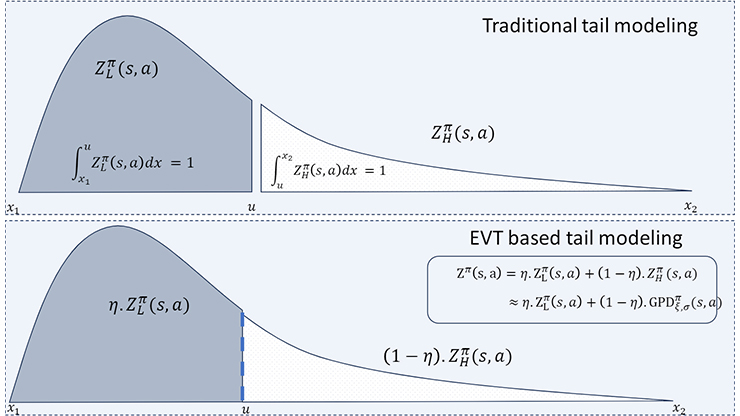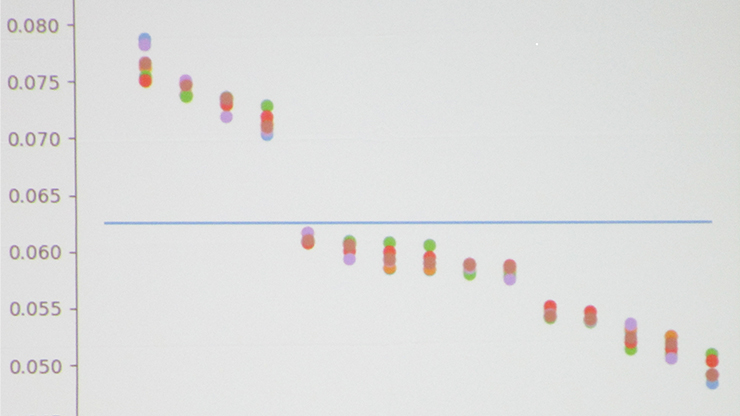Optimizing Nonprofit Scheduling at Project Open Hand
Project Open Hand is a nonprofit organization in California’s San Francisco Bay Area that provides meals and groceries to the elderly and individuals with health problems in San Francisco and Oakland (see Figure 1). It was founded by Ruth Brinker in 1985 to combat malnutrition amongst people with AIDS, though the organization has since expanded to serve a much wider demographic — including those with cancer, heart disease, diabetes, and other serious illnesses. On a daily basis, it now prepares 2,500 healthy meals, provides 200 bags of groceries to those in need, and offers a selection of wellness and community nutrition programs. As of 2022, more than 71 percent of their clients lived at or below the poverty line (see Figure 2).

Like many nonprofits, Project Open Hand would benefit from the use of data analysis and optimization to maximize their functionality and enhance the scheduling process. However, the company lacks the time and resources to hire professionals to conduct the necessary analysis. During the 2024 SIAM Annual Meeting, which is currently taking place in Spokane, Wash., Jasmin Martinez of San Francisco State University presented her group’s efforts to utilize existing data to increase Project Open Hand’s operational performance and meet daily work demand. This work was part of the Preparation for Industrial Careers in Mathematical Sciences (PIC Math) program of the Mathematical Association of America and SIAM, with support from the National Science Foundation.
Martinez’s group chose to work with a nonprofit because they wanted to lend their expertise to a company that was otherwise unable to conduct its own analysis. Upon learning about Project Open Hand, they were immediately impressed by its mission to educate the community and improve quality of life among its recipients. “Choosing and connecting with them was a very obvious choice for us,” Martinez said, noting that food insecurity affects roughly 800,000 people in the Bay Area each year.
Given its continued efforts to expand its services and reach as many individuals as possible, Project Open Hand seeks to maintain an adequate staffing schedule within more than 10 departments—cooks, drivers, porters, etc.—while simultaneously respecting employee needs for paid time off (PTO). At the moment, the organization struggles to adjust its schedules and fill gaps when employees take PTO or sick leave. “In enhancing employee welfare, the organization is dedicated to optimizing its workforce scheduling,” Martinez said. “It aims to strategically allocate needed personnel, ensuring the fulfillment of roles while uplifting departments in need of additional support.”

Project Open Hand supplied the PIC Math students with an accrual guide—with which they calculated each employee’s PTO and sick pay—as well as a list of company employees that was broken down by job title, hire date, and worker classification (part-time versus full-time). Because real-world problems are quite different from textbook problems, much of the data was messy and incomplete. “There was a lot of inconsistencies with data and communication,” Martinez said. Nevertheless, they utilized this information and current schedules to quantify regular work demand and determine the required number of additional part- and full-time employees to meet that demand within each department. To do so, Martinez and her collaborators designed a dynamic calculator that involves the following steps:
- Calculate the total time worked (in months)
- Calculate total PTO hours for employees based on seniority
- Calculate the total number of required full-time shifts per week based on the given schedule
- Count the number of current full-time employees for each position
- Calculate the maximum number of hours each employee can work in a year and subtract their combined PTO from that number to yield the current net hours per year
- Divide the current net hours per year by 52 (the number of weeks in a year) to get the current net hours per week
- Subtract the current net hours per week from the needed full-time employee shifts per week to obtain the unfulfilled full-time employee slots
- Calculate the number of hours that an entry-level part-time and full-time employee can contribute, taking into account entry-level PTO; subtract this number from the calculations
- Subtract the hours that full-time and part-time employees can contribute from unfulfilled full-time employees to determine the number of employees that are needed for each position.
The final calculation revealed a dire need for additional employees within the driver division. “This was very important because they had no idea,” Martinez said. “They didn’t know they were so understaffed in that division.”
In addition to the calculator itself, the students provided Project Open Hand with a guide that explains the steps in case the organization ever makes changes to protocols or procedures that would impact the calculation. They also generated several updated schedules for both five- and seven-day workweeks, as well as a six-day workweek that includes a training day for all employees. These new schedules balanced everyone’s assignments so that multiple people are not taking PTO on the same day.
Both the PIC Math students and Project Open Hand were pleased by the results of this project, which will optimize the organization’s functionality while remaining sensitive to staff needs. “Now they have something tangible that they can show their current and future donors,” Martinez said. “They’ve never had anything like this done before, so this was crucial for them and they were very grateful.”
About the Author
Lina Sorg
Managing Editor, SIAM News
Lina Sorg is the managing editor of SIAM News.

Stay Up-to-Date with Email Alerts
Sign up for our monthly newsletter and emails about other topics of your choosing.






